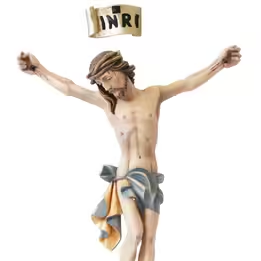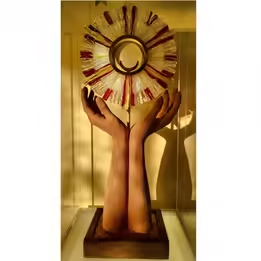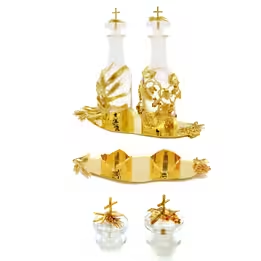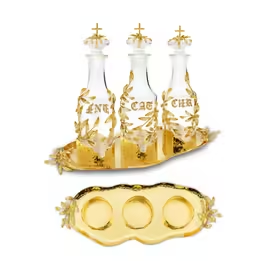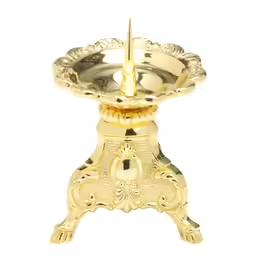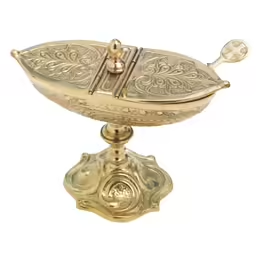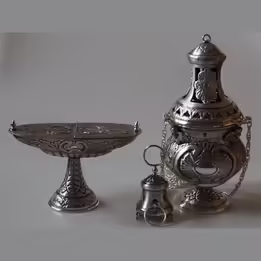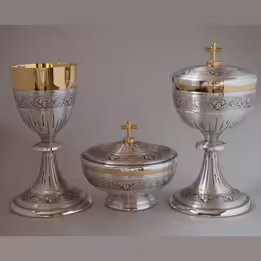Sacred supplies are pieces of furniture used to create an atmosphere of holiness during celebrations. These sacred objects are generally made of precious materials or with precious stone settings. In addition to their aesthetic function, they also have a strong symbolic meaning: for example, the chalice and paten used during the Eucharist represent those supplies that contain the blood and body of Christ. The symbolism of sacred supplies and church supplies conveys to the faithful a message of respect, humility and devotion, creating a unique and unrepeatable feeling of belonging.
The fundamental elements that make up the sacred supplies
There are different types of liturgical supplies used in devotional matters. Each element has its specific function within the ceremonial, but all together they constitute a patrimony of inestimable value for the religious community. Among the many sacred objects and supplies to consider are:
- cruets: containers for water and wine consecrated during Mass;
- incense burners: vessels for incense;
- chalices: glasses used during Communion;
- crucifixes: representations of the crucifixion of Jesus;
- monstrances: objects containing the consecrated Host;
- reliquaries and display cases: they contain the relics of the saints;
- tabernacles: cases for the consecrated Host;
- thuribles: containers for incense
A fundamental element of liturgical furniture, as well as the place where the most important sacred rite takes place, are the altars 10 for the celebration of Mass and other Christian sacraments that must be furnished with the perfect supplies for altars. These are usually placed in the center of the apse of the church, oriented towards the east to symbolize the direction of the rising sun.
The history and evolution of liturgical furniture over the centuries
The history of sacred supplies dates back to the first centuries of Christianity, when there was still no precise model for liturgical celebrations. Over the centuries, Over the centuries, they had a gradual evolution, following fashions and artistic trends of the time. In the Romanesque period, liturgical supplies were characterized by a strong focus on decoration, with motifs carved on wood or stone.
During the Renaissance, however, there was a greater care for the precision and beauty of the forms. On the Second Vatican Council, the liturgy underwent a reform that led to a simplification of the liturgical furniture and the enhancement of the role of the faithful as active participants in the celebration.
Today, these accessories used in devotional settings are made with modern materials and follow sober and essential lines, without sacrificing the beauty and importance of their role in the liturgical celebration.


